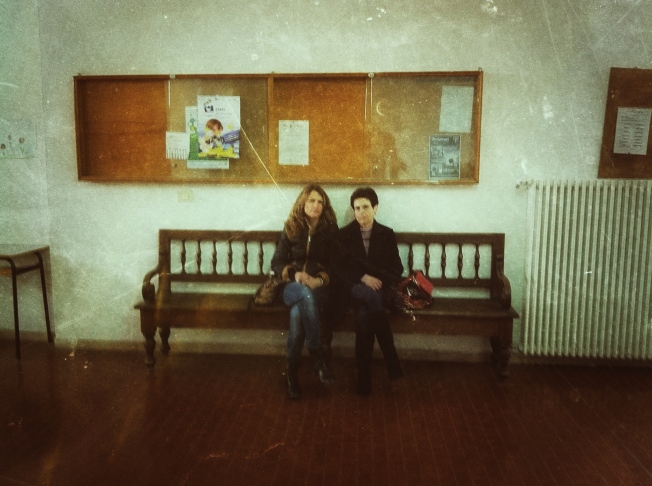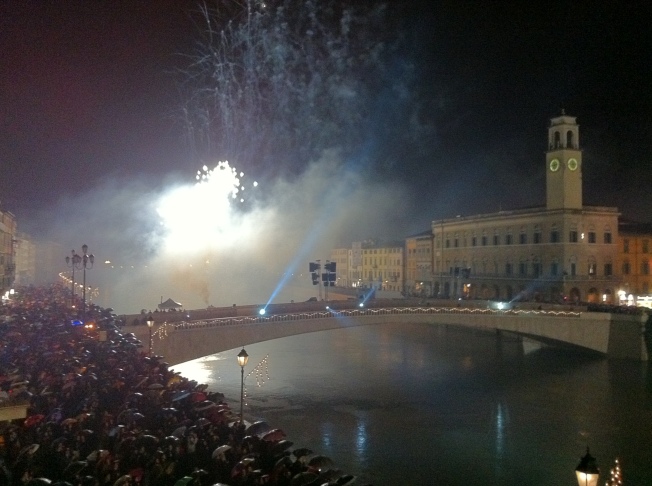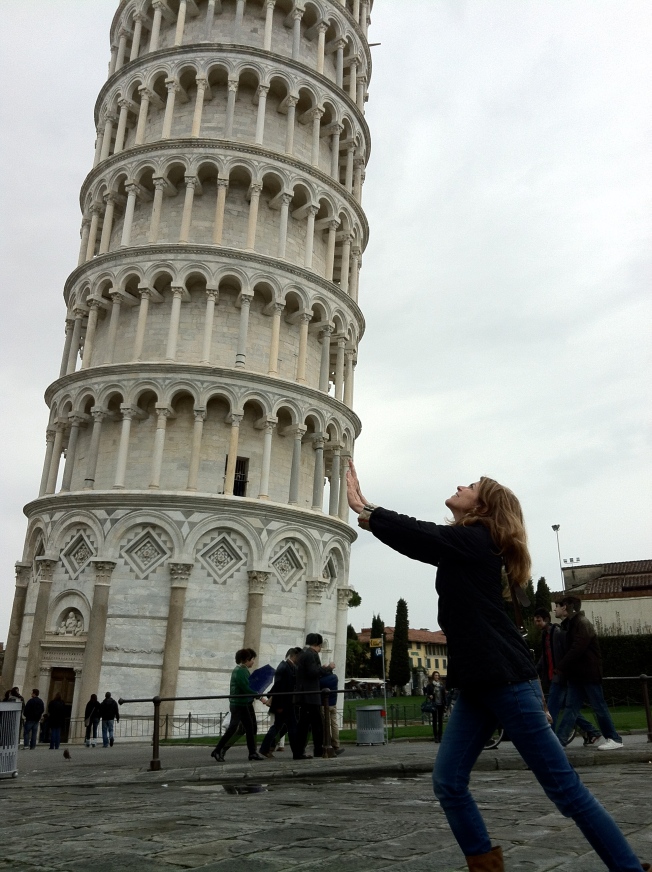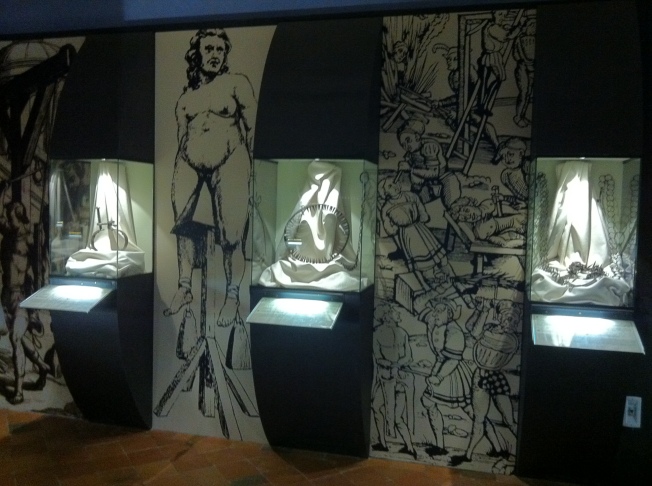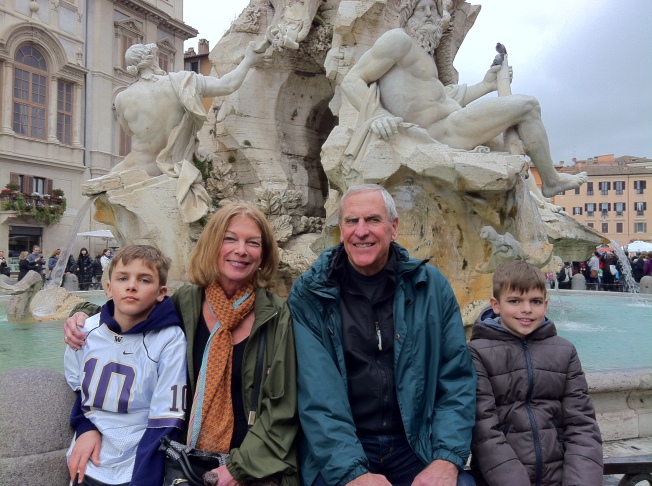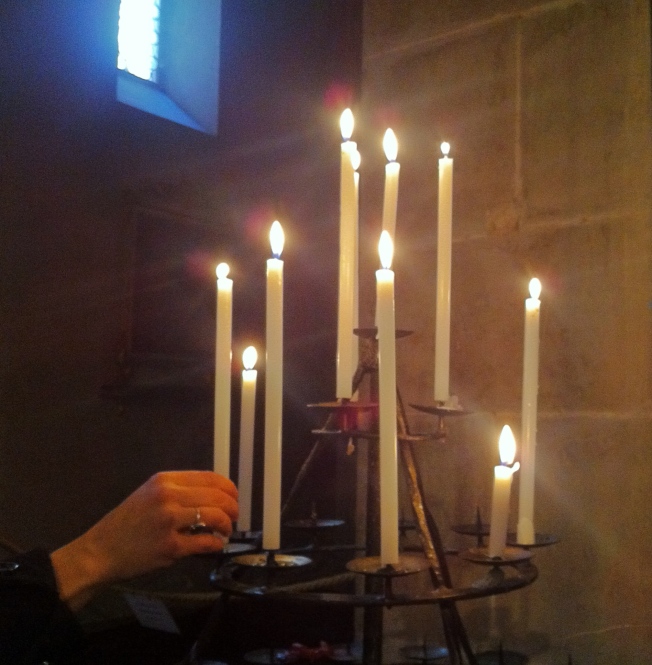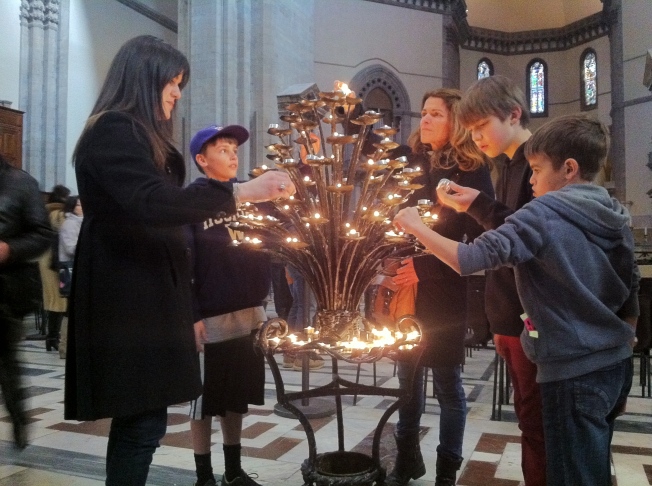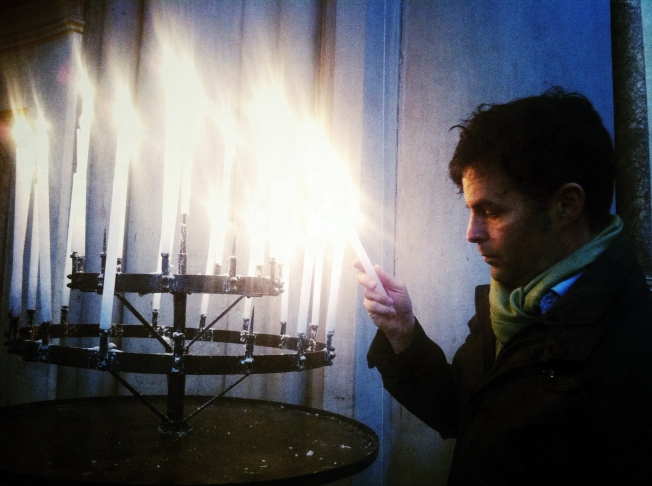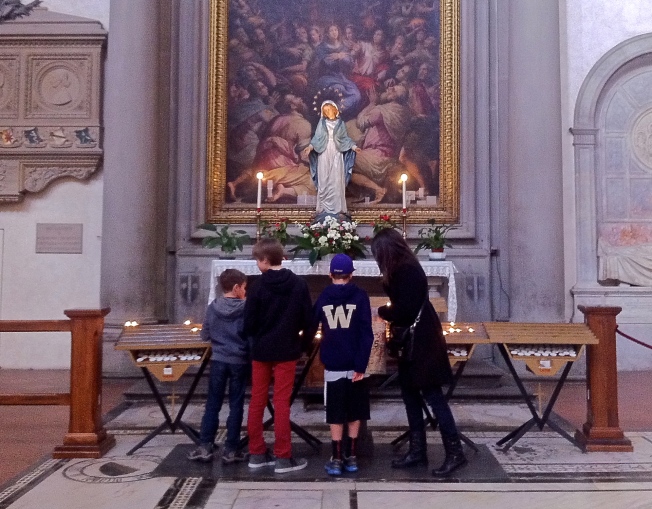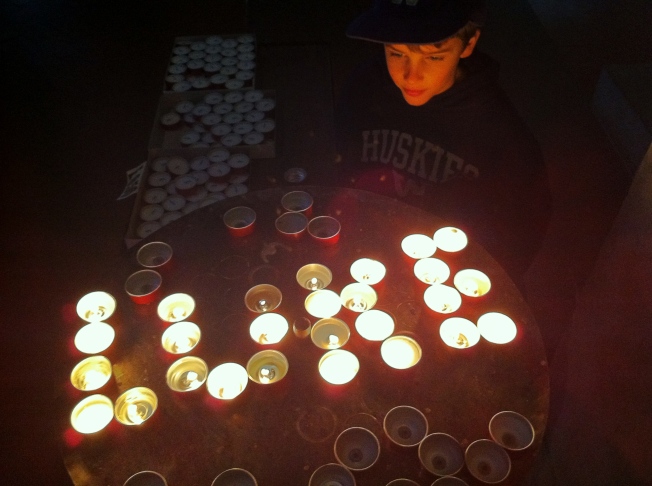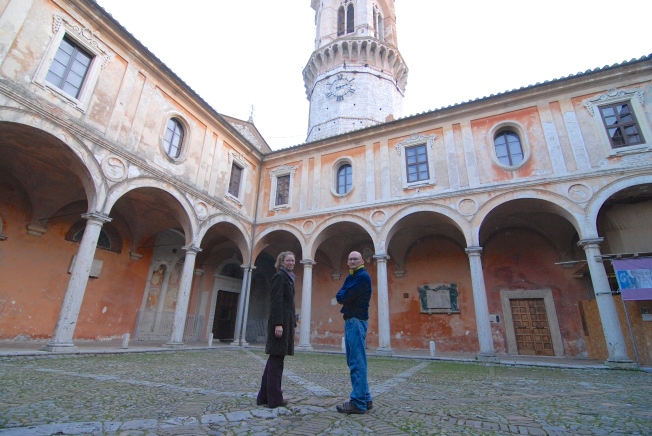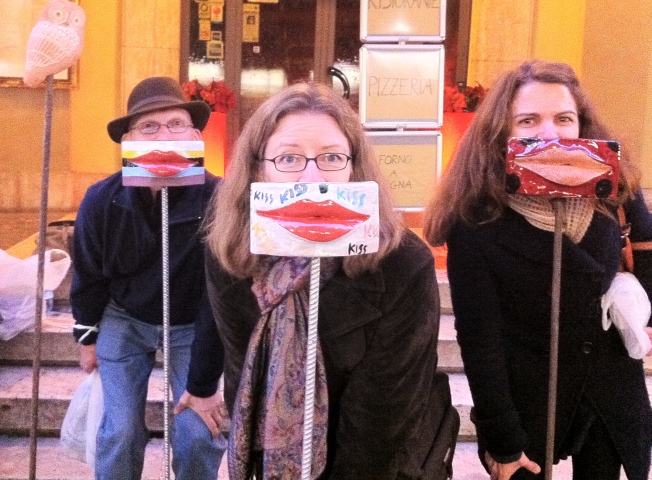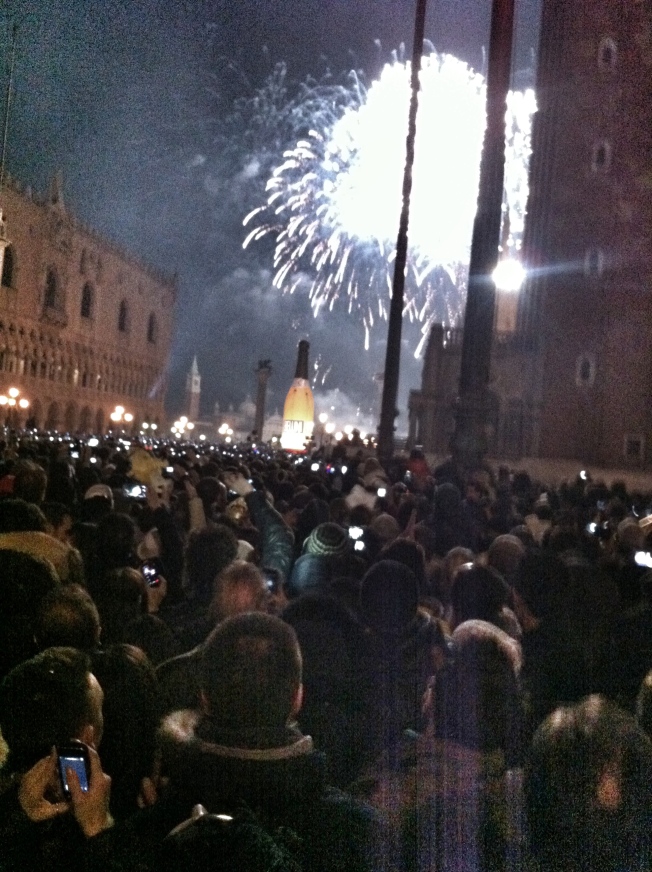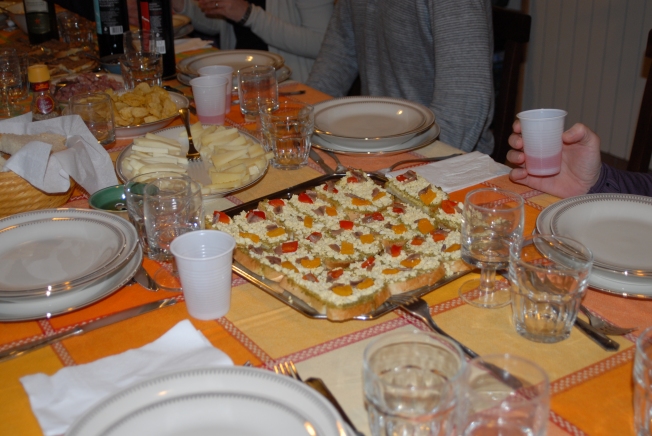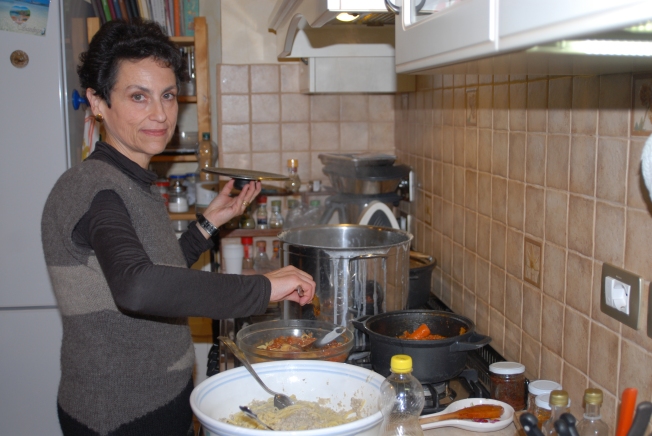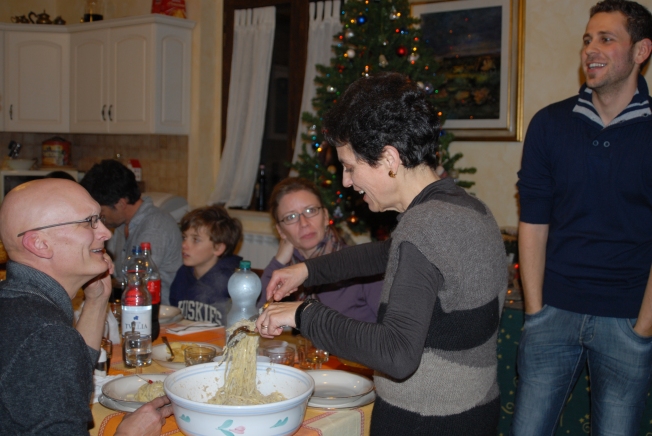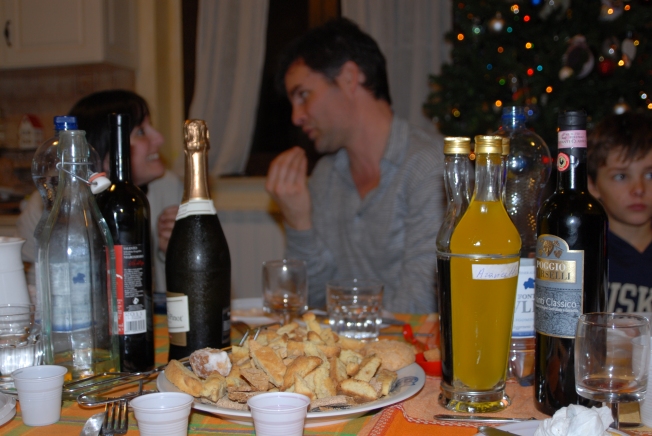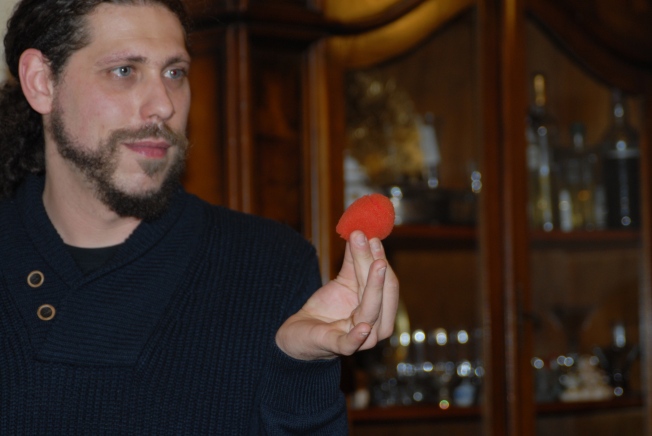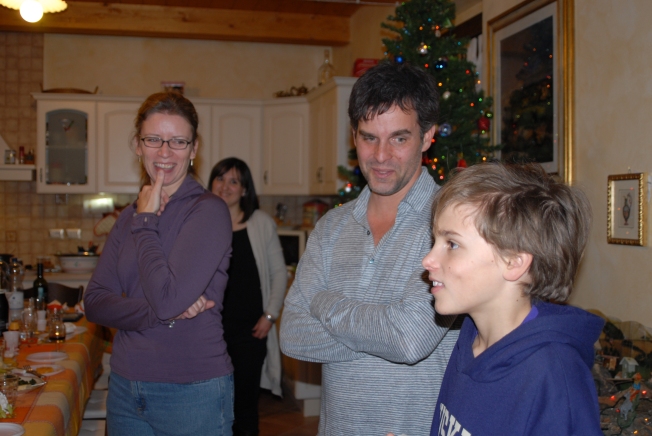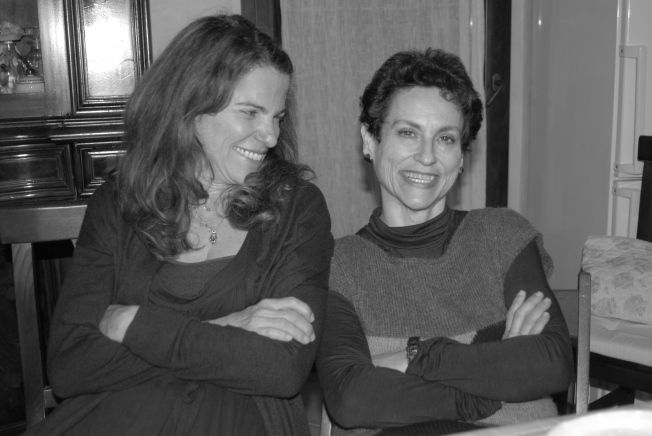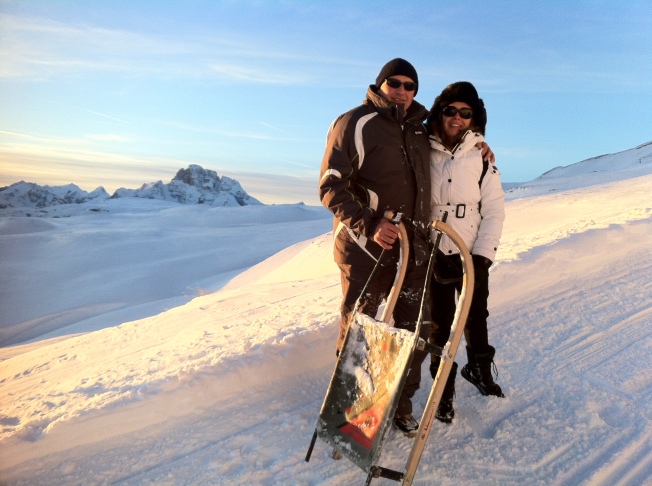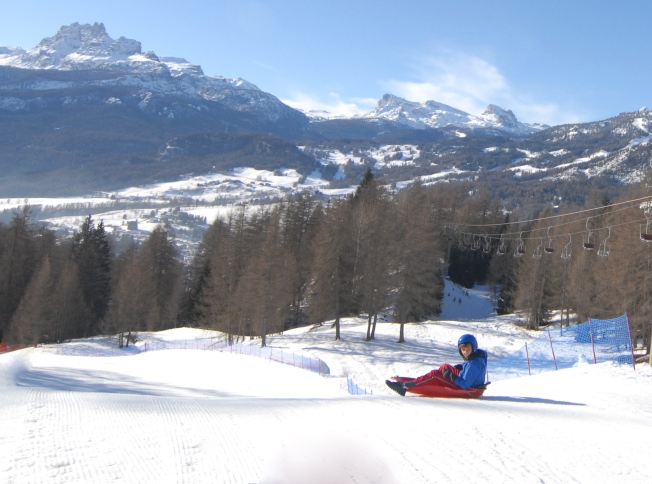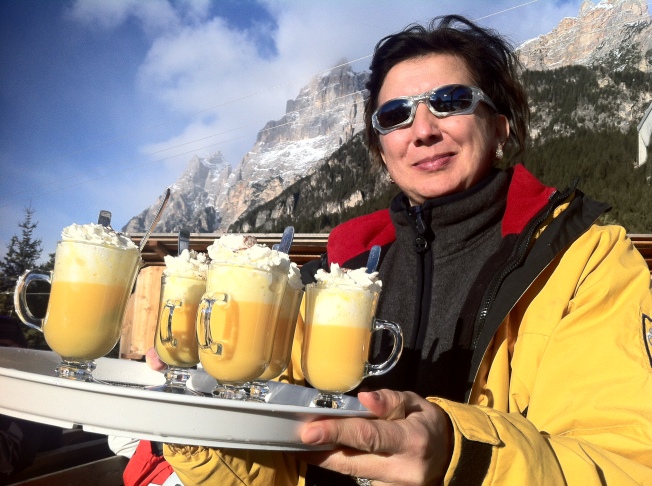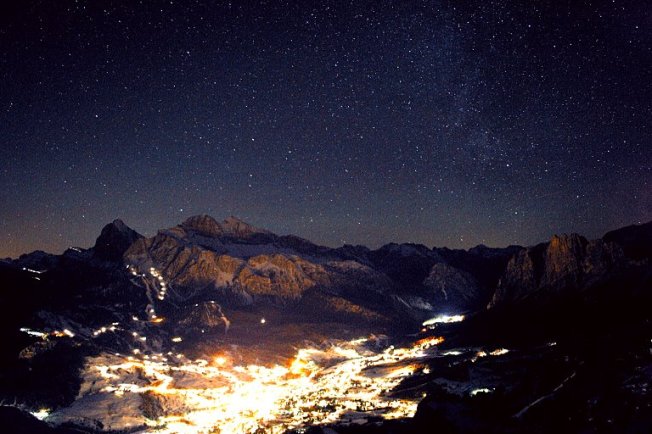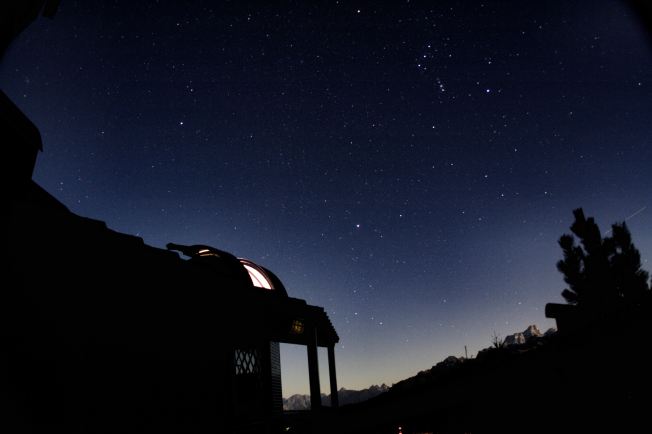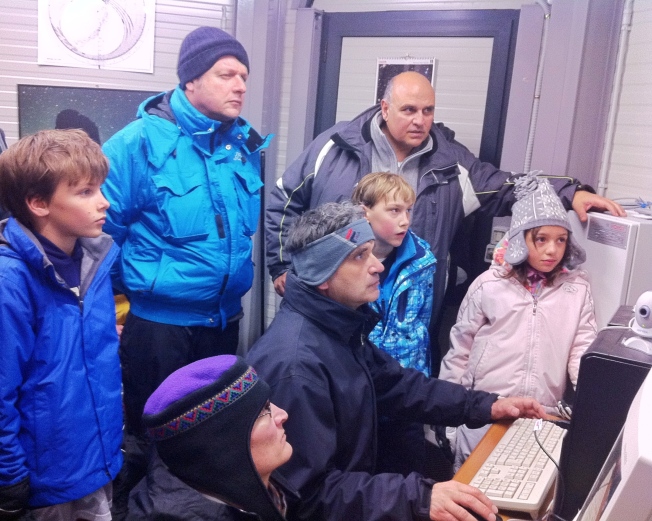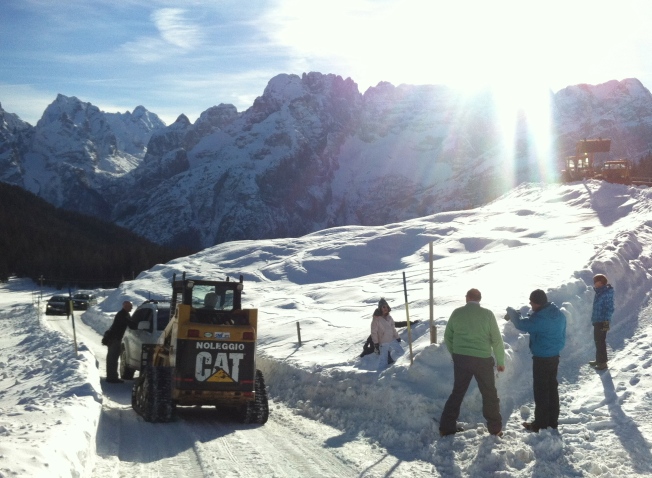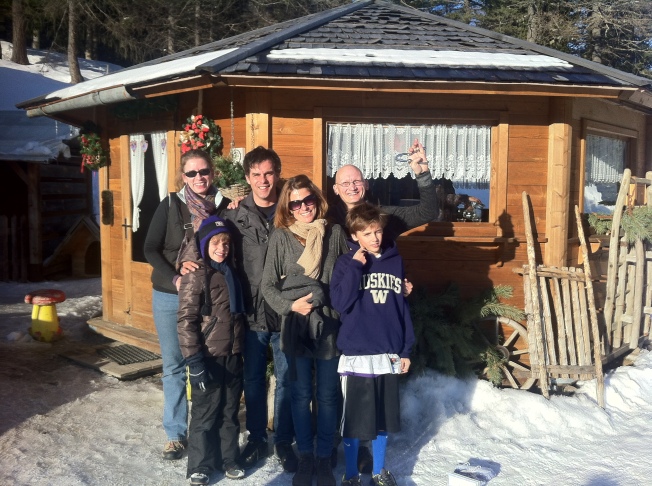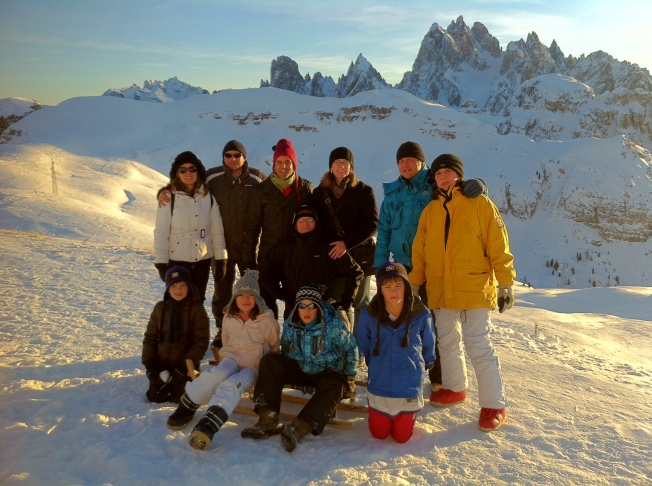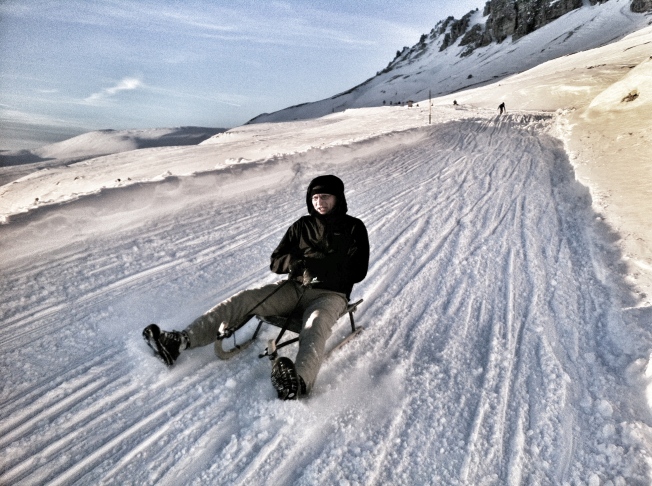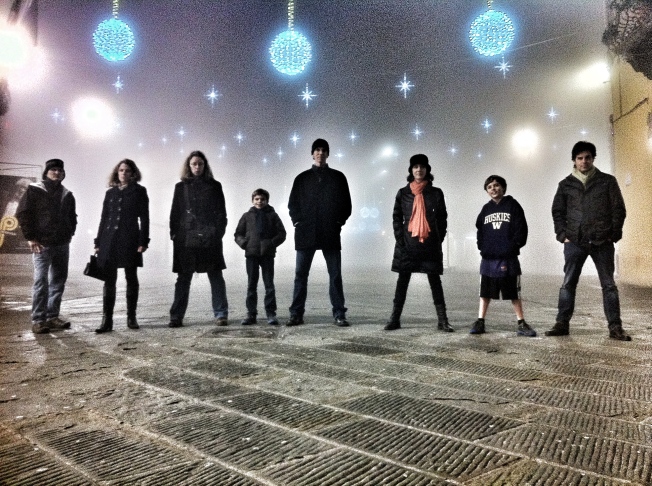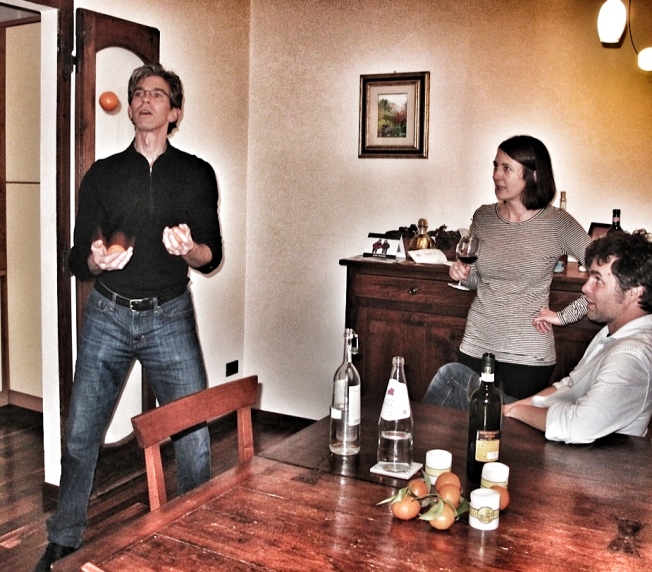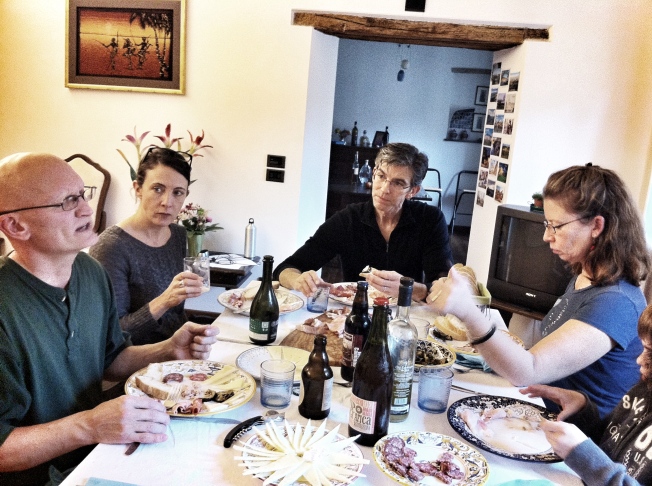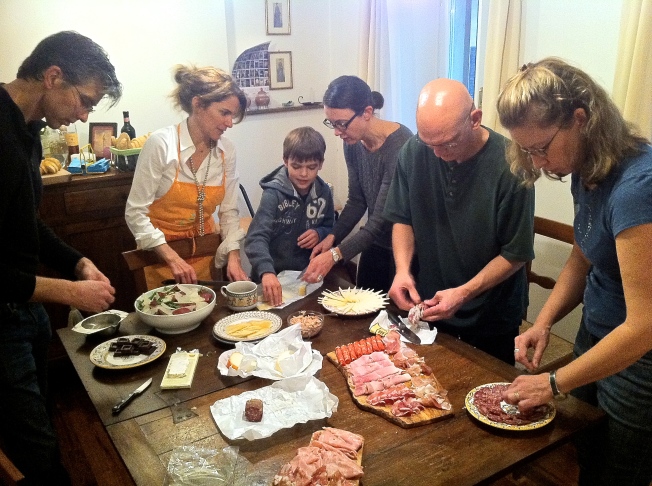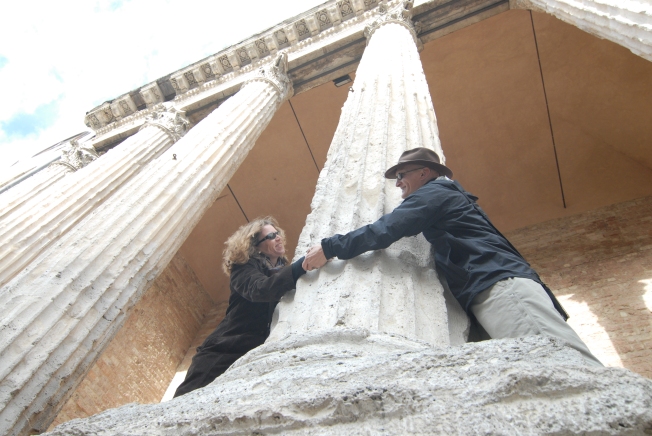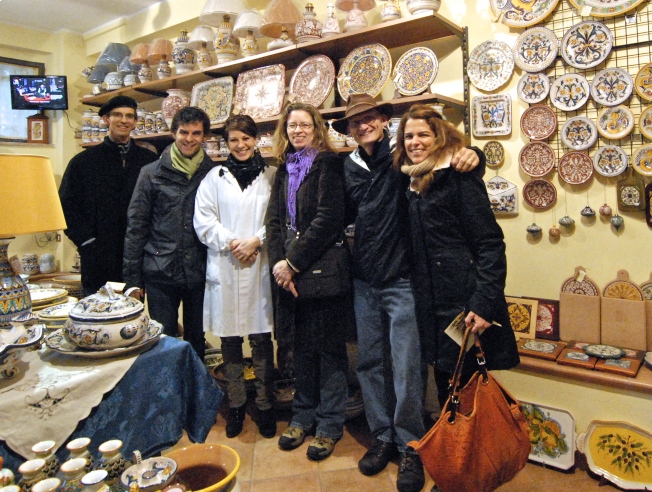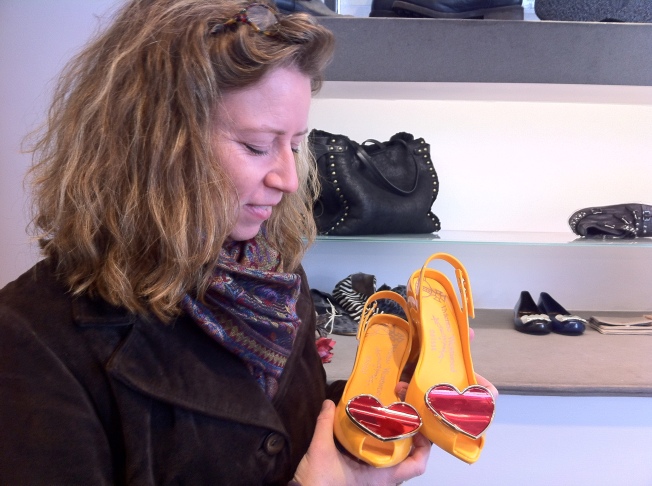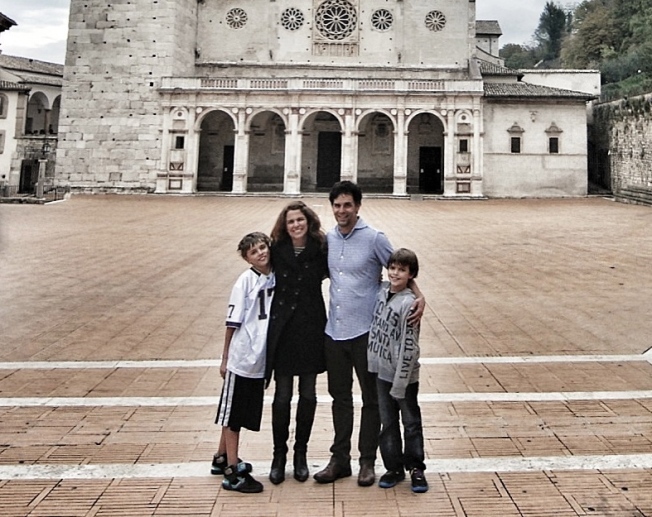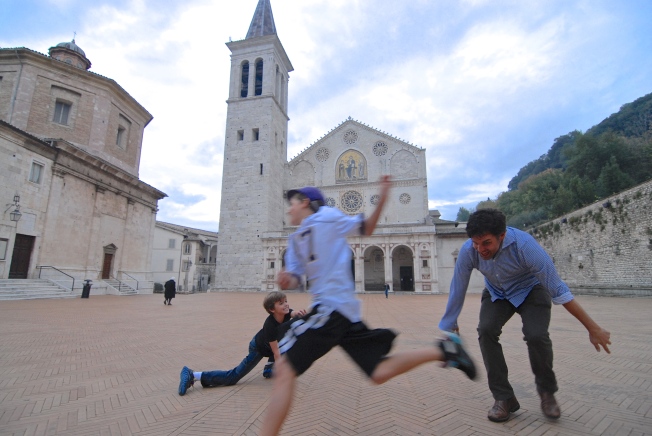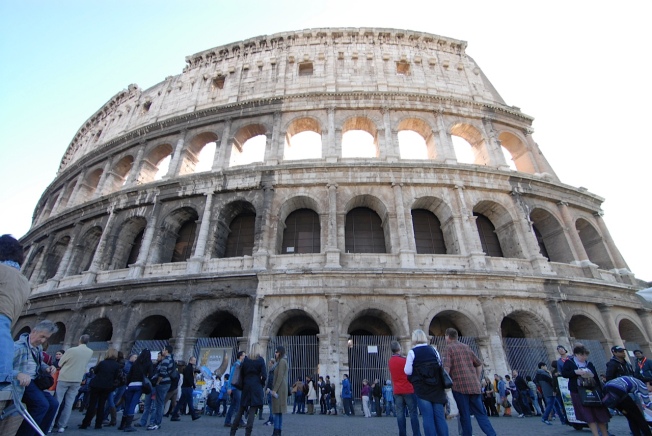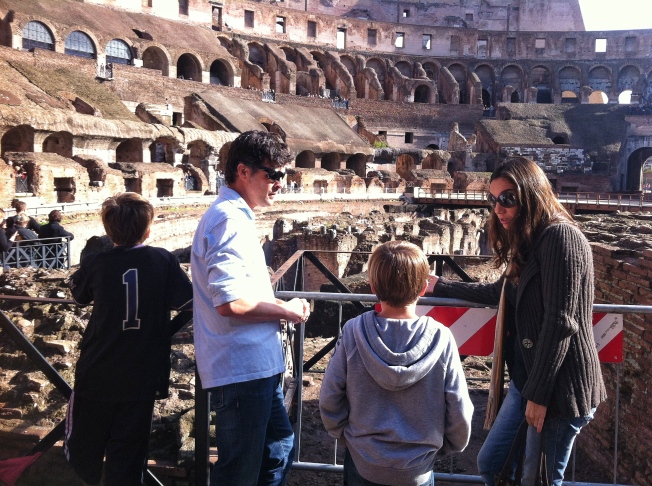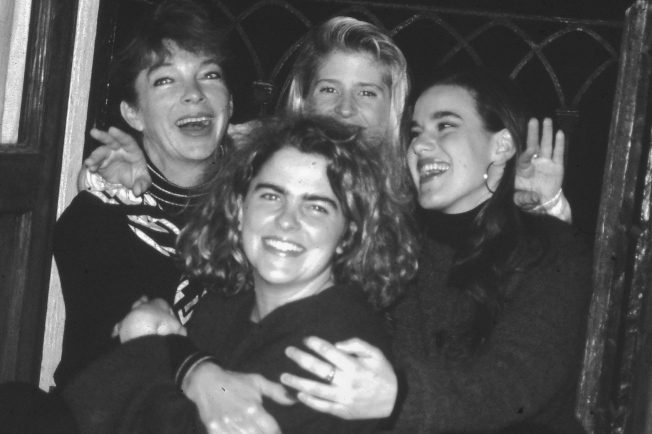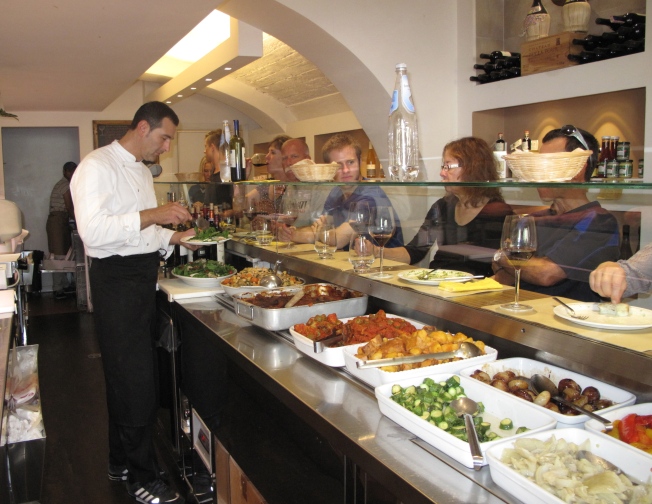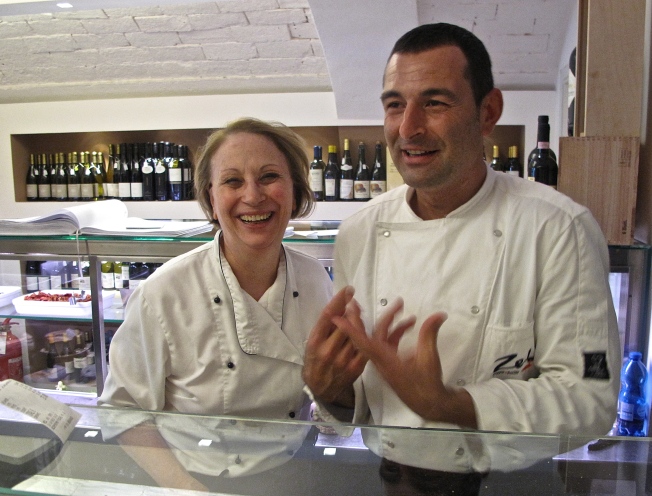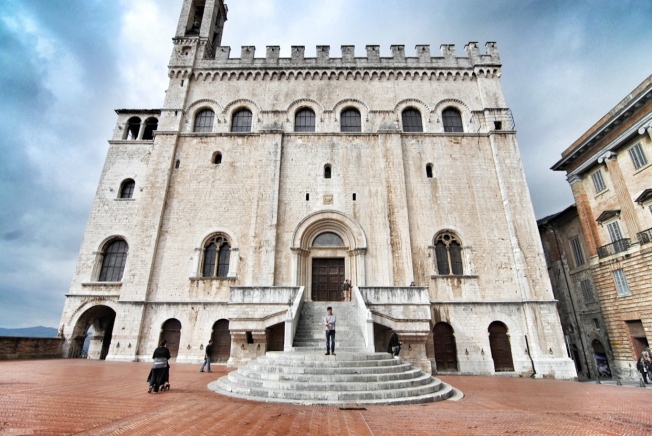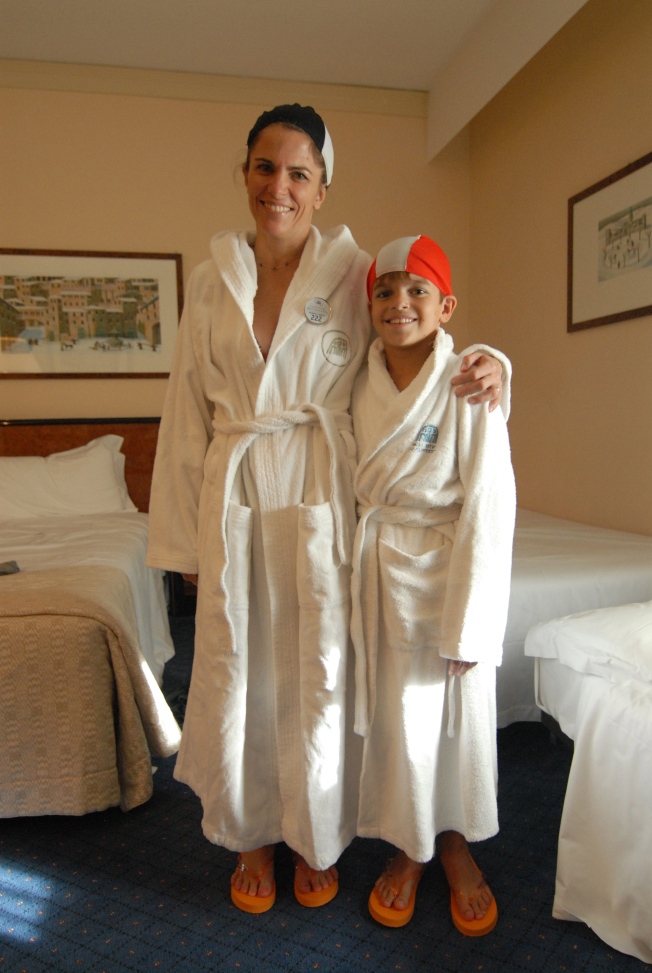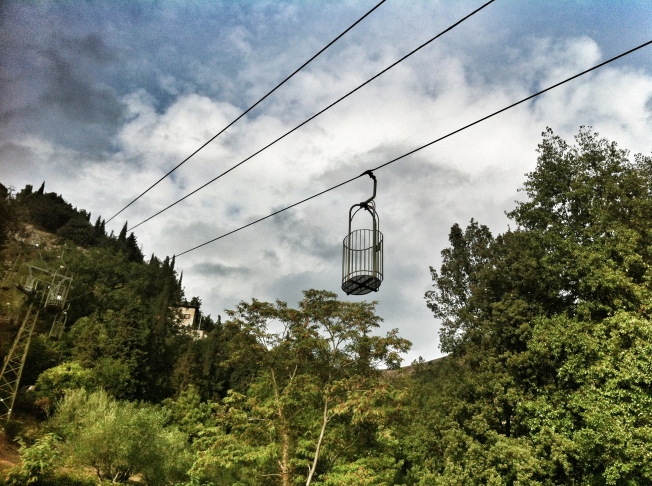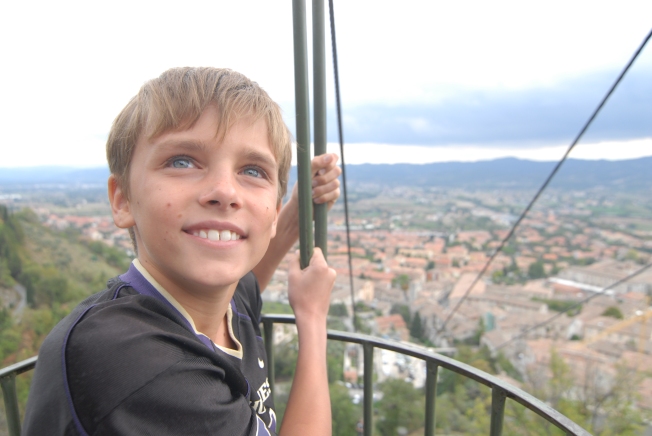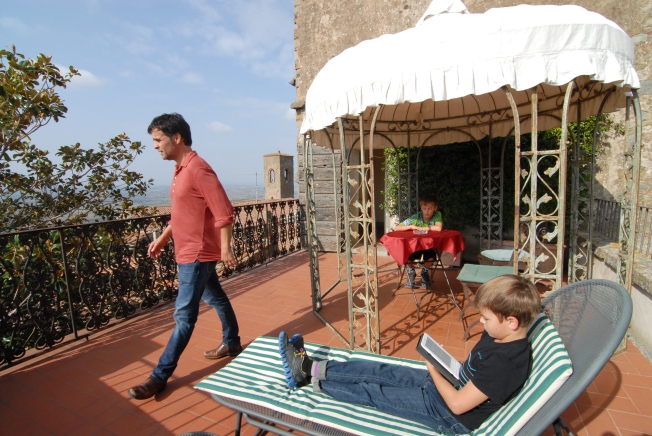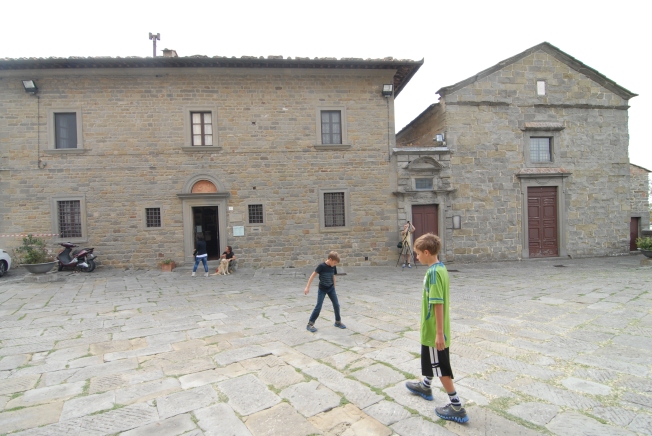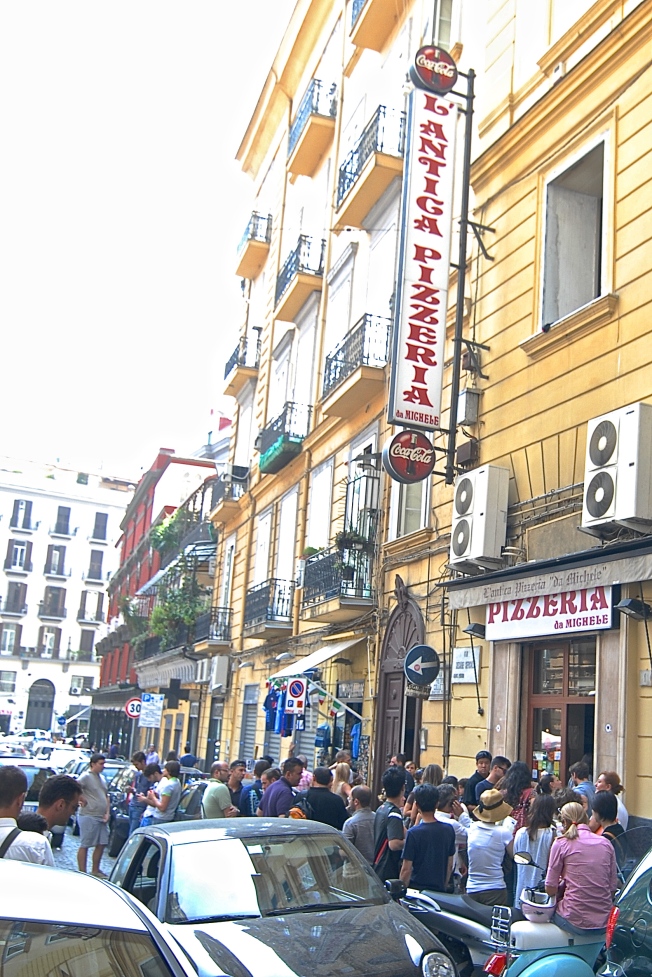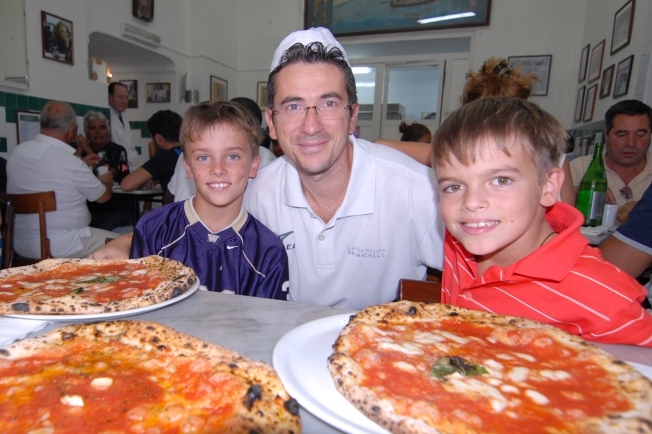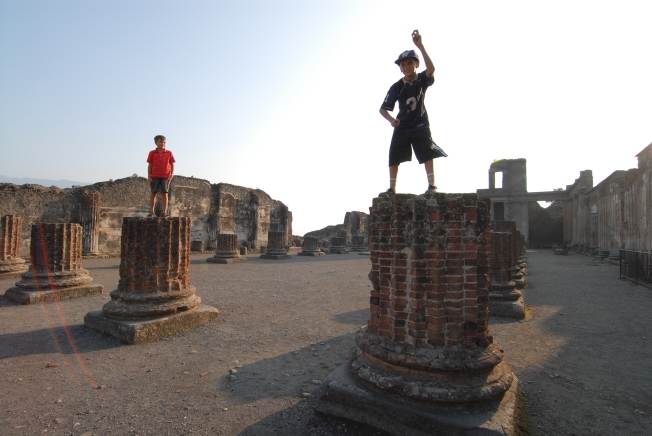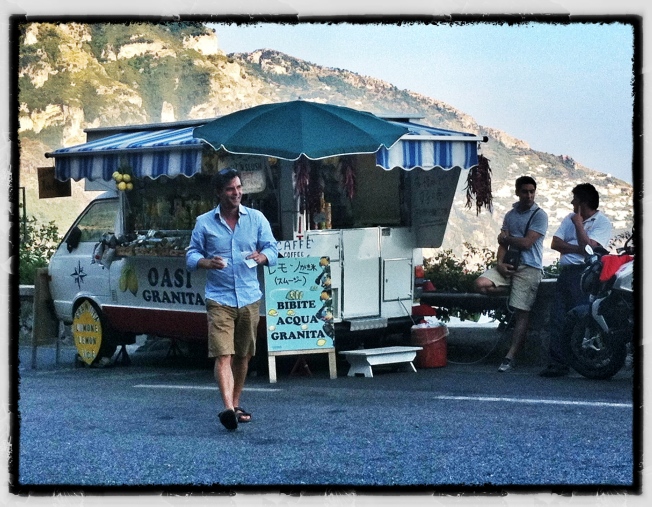The boys completed another week of character building at their respective schools. They finally made it to Easter Vacation, a ten day break.
Unfortunately, after school, I was called in for a conference with Tom’s math teacher. I knew it was going to be a doozy, so I asked Signora Paola, the boys’ tutor, to accompany me. As a teacher herself, she is part of the inner circle of Italian educators. Beyond that advantage, she is intelligent, fair, and understands Tom.
By 1:15, we entered the meeting. We got an earful, and with it, I gained a greater understanding of Italian culture, something I should be grateful for, I guess. The good news is that Tom got the highest grade on his math test that any 6th grader earned all year. But he still didn’t show his work, which she didn’t like. And he complains about the uniform, which she also didn’t like . . . among other things.
Oh well, he still gets three more months to adapt.
That afternoon, we caught a train to Pisa and began our vacation. As it turns out, it was New Years Day in Pisa. (They celebrate once on January 1st and once on March 23rd.) Completely by accident, we reserved a room on the second floor of a hotel overlooking the Arno where the grand firework display was held at 11pm. We seriously had the best seats in town, especially considering the pouring down rain drenching everyone below. It was a spectacular show with music and two barges (one on either side of our windows) blasting off fireworks for 25 minutes.
The next morning, we walked to one of Italy’s most famous monuments, the Leaning Tower of Pisa. We circled around, climbed to the top, and joined hundreds of others in assuming unoriginal poses in front of our camera.
Pisa is big and festive and famous all smashed into one town. I loved it, but after one day, I was ready to leave. It’s like a party and hangover all in one.
Next we went to Lucca, a sweet, soft, small, walled Tuscan town. Not only the name of the city reminds me of Luke but the streets too. They were full of pink bikes. One of my favorites was similar Luke’s first bike.
Another pink bike I liked was owned by a woman who gave us an impromptu tour of the outside of Puccini’s house-turned-museum the day we showed up after closing.
However, not all of Lucca is gentle. We visited The Museum of Torture which I thought sounded entertaining, but turned out to be a huge bummer. While it was a well-done exhibit, it left us all sick to our stomachs and hopeless. It’s hard to believe that humans were (and still are) so capable of such psychopathic brutality. It made my thumbs and tongue hurt, as well as my shoulders, bum and boobs.
We tried to calm the disquietude by heading, yet again, to Trattoria Gigi, maybe the most charming little restaurant we’ve met. In three days, we ate there three times.
This afternoon we left Lucca. After stopping in Florence for a few hours to look at Michelangelo’s house, we caught a train to Rome and met my parents at the airport. They are spending the second half of Spring Break with us as well as two additional weeks. In preparation for Easter, we are planning on soaking up Catholic monuments including the Sistine Chaple and tons of churches. This Sunday we will return to Perugia for a traditional Perugian Easter celebration which includes an unusual breakfast of hard boiled eggs, cake with rainbow sprinkles, and red wine.

